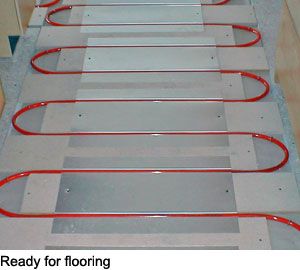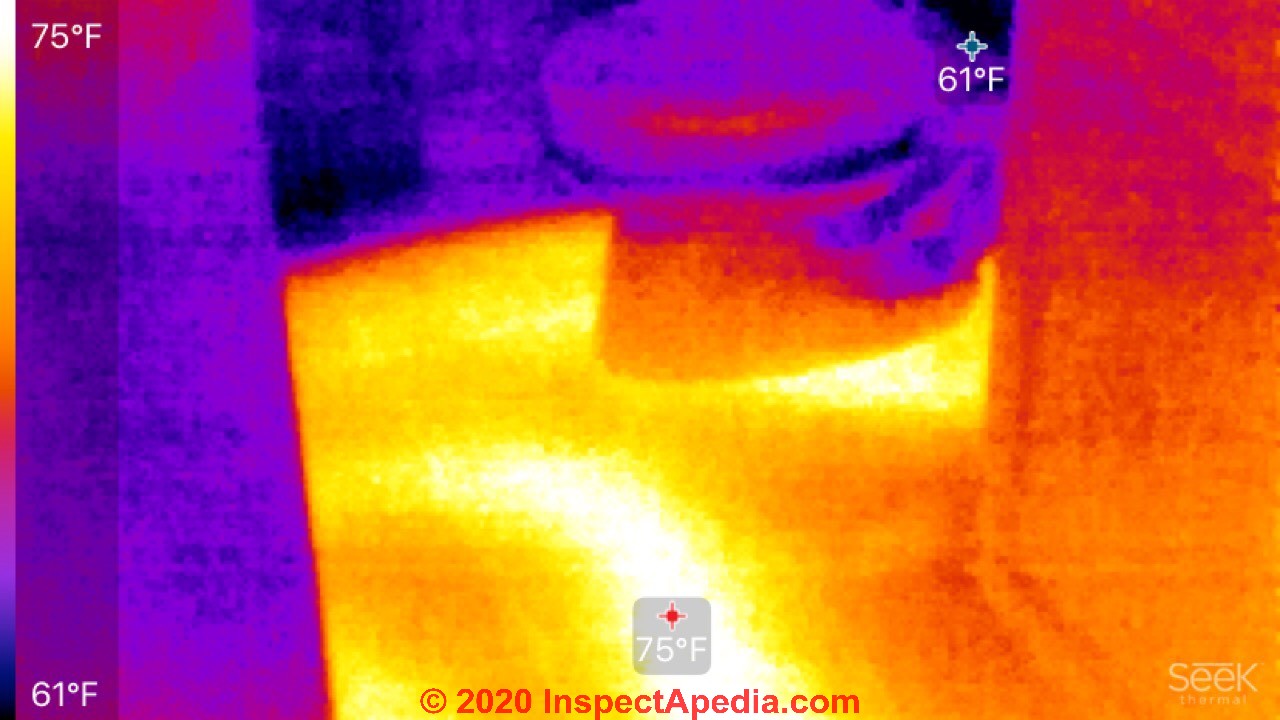Radiant Heating In Concrete Floors Cooper Union

This article explains how to avoid some fatal mistakes when installing radiant heat in a concrete floor slab by describing an incompetent radiant heat floor installation along with an explanation of why things went wrong and how to avoid these errors.
Radiant heating in concrete floors cooper union. The workers in the photograph at page top where our concrete slab. The point is radiant floor company can accommodate any circuit arrangement for any slab zone. Simply imagine a warm mass of concrete or asphalt exposed to the elements and pouring btu s freely into the atmosphere and you ll understand what we mean. Typically radiant heating systems warm floors to temperatures of 75 to 80 degrees f.
As warm water circulates through the tubing or as electricity warms the heating elements the concrete flooring turns into an efficient inconspicuous radiator. Due to it s density and low conductivity concrete retains heat very well. There are two types of radiant floor heating electric and water based systems. Relied upon radiant heat for over 60 years.
In fact it was servicemen returning from world war ii who first spread the word about underfloor heat to their fellow americans. Because of its energy efficiency and clean draft free heat concrete radiant floor heating offers numerous environmental benefits. Like sand concrete is an ideal carrier of radiant heat because of its inherent thermal mass. How does radiant heat work.
Many people don t know how much tubing to put in and unfortunately radiant heat isn t a one size fits all proposition. Both provide heating in a room from the floor up for consistent efficient warmth. There s two basic types of concrete floor heating hydronic and electric. One nice thing about radiant floor heat is that it keeps the lower 10 feet of your room the warmest.
Many radiant floors most using copper tubing buried within concrete slabs were installed and used success fully in the 1960 s and 70 s. Radiant heating system design or installation mistakes that must be avoided. The water that runs through your floor for radiant floor heat is never any warmer than 140. Warm water systems run hot water through pipes to create heat whereas electric underfloor heating heats wiring beneath the floor to generate heat.
Going green with radiant floor heating. Hotter temperatures will crack the floor if you have concrete and may warp your wood if it is any hotter. Less energy required to achieve better thermal comfort at a lower thermostat setting. Here are some of them.
A radiantec quick kit is an easy to order package that will contain the material necessary to install radiant heat in a concrete slab excluding your insulation. But they all suffered from. The most cost effective system for medium to larger homes is hydronic since the amount of power it would take to heat a whole home with electric would be substantial.


















